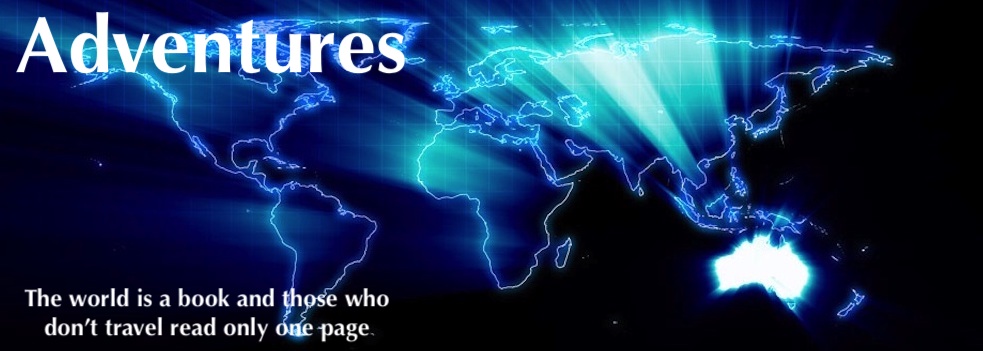- Drysdale River and tributary rivers.
Course of the River
The Drysdale rises in the Caroline Range. At 435 kilometres in length it is the third longest river in the Kimberley. From its source it flows north-east across the extensive Gardner Plateau then turns north and cuts through the Ashton Range before emptying into Napier Broome Bay. The middle length of the river is through the Drysdale River National Park.
The Drysdale River Station Homestead and Campground is 108 kilometres from the source, close to where the Kalumburu Road crosses the river.
The course of the Drysdale River appeared on a map produced of Charles Burrowes’ 1886 explorations. Apart from Burrowes’ map, which was not publicly distributed, the course of the Drysdale River was first shown on maps produced in 1900 after Frank Hann’s explorations in the area.
And only a few years after Hann’s explorations, Government surveyor Fred Brockman traced the Drysdale River from its mouth to its watershed during his 1901 North West Kimberley Exploring Expedition.
The spectacular, horseshoe shaped Solea Falls (‘solea’ is Latin for horsehoe) are a 10 metre stepped cascade, 100 metres wide in the wet season, situated within the Drysdale River National Park. There is no access track to the Falls.
Naming of the River
Staff Commander J.E. Coghlan, R.N., predicted the existence of this river in 1884,
“I believe that a closer examination than we were able to make, may ascertain the existence of a river on the eastern shore of Napier Broome Bay, between Cape Talbot and Sir Frederick Hills.”
In the early part of 1886 Charles Burrowes explored through the East Kimberley on behalf of the Victorian Squatting Company. Among Burrowes’ discoveries were,
“… two splendidly watered rivers named Lorimer and Drysdale. The latter was named by Burrowes after Mr T.A. Drysdale of Melbourne.”
Drysdale was a director of the Victorian Squatting Company.
Remoteness
The river is remote and inaccessible, particularly in the national park. There are no roads or airstrips, only an undisturbed ecology.
Bradshaw paintings can be found along the cliff faces at some of the permanent pools along the river, in the National Park.
There are no crocodiles above Solea Falls, however, both species are in the river between the Falls and the mouth.
LENGTH
435 kilometres
SOURCE
Six kilometres east of Mount Jameson, Caroline Ranges (270 kilometres north east of Derby)
SOURCE (AMG)
796150 metres East 8224300 metres North
FLOWS INTO
Timor Sea
ENDPLACE
Napier Broome Bay (210 kilometres north west of Wyndham)
MOUTH (AMG)
264000 metres East 8458000 metres North
TRIBUTARIES
Woodhouse River, Gibb River, Barton River, numerous named and un-named creeks.
1:100,000 MAPS
Jameson 4065, Hann 4066, Woodhouse 4166, Camm 4266, Ashton 4267, Carson, 4268, Drysdale 4269, Londonderry 4270
1:250,000 MAPS
Charnley SE 51-4, Prince Regent SD 51-16, Ashton SD 52-13, Drysdale SD 52-9, Londonderry SD 52-5
Reference:
Epton, Kim, Rivers of the Kimberley, Hesperian Press, Carlisle, 2000.

